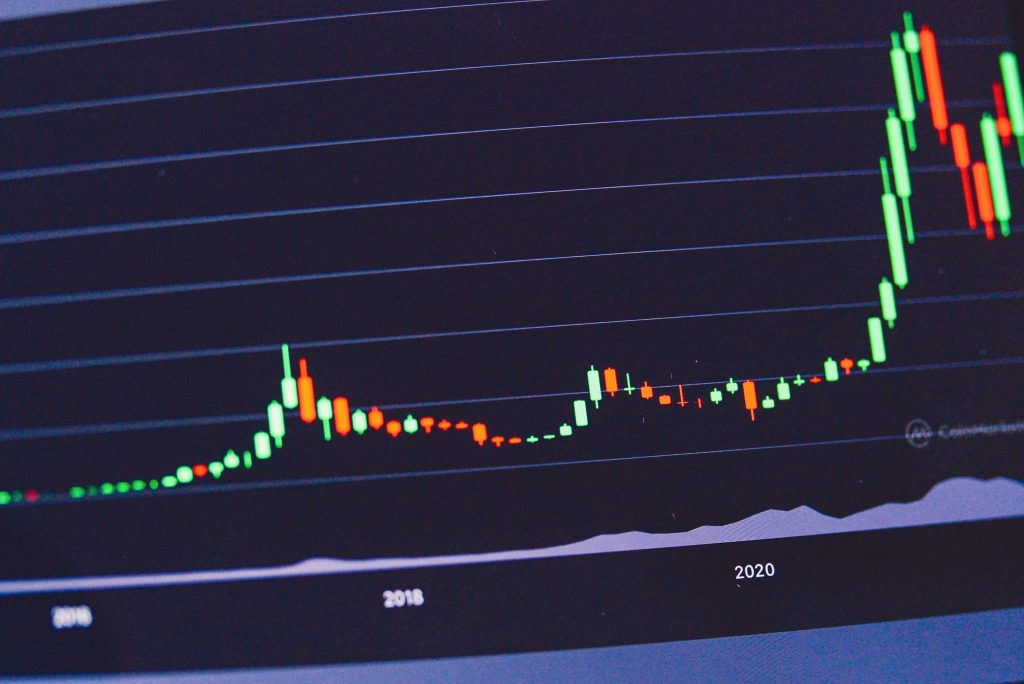Why Growth Investors Panic – And I Don’t
Of the two types of stocks in which to invest – growth stocks and value stocks – investors naturally gravitate to growth stocks.
At first glance, it makes sense to invest in rapidly growing companies and see rapidly increasing share prices and capital gains. However, it’s not that simple, and investors often get burned chasing high-growth companies’ stocks…
I’ve spent a handful of days on the road in my travel trailer over the last few weeks. I mostly keep my Sirius EM radio tuned to CNBC on driving days, and I was amused every time a guest would tout a “value” stock. The network host would always ask something like, “But where is the growth?”
The truth is, it’s a lot easier to lose money with growth stocks than it is with a value-investing strategy. Let’s look at some of the reasons…
Stocks are valued based on a combination of a company’s financial results (revenues and profits) and the market’s expectations about the future of those results. The price-to-earnings ratio (P/E) is a valuation metric often used to evaluate a stock’s investment prospects.
P/E is the share price divided by the annual earnings per share. A stock’s P/E can be viewed as the company’s expected profit growth rate. Faster growing companies will sport higher P/E ratios. The P/E of a stock is often (depending on market conditions) viewed as a proxy for the company’s growth rate.
For example, a stock with a 30 P/E would be expected to grow by 30% per year. Right now, all the stocks in the S&P 500 index have, on average, a P/E of 21.
Let’s look at what can happen with a high P/E growth stock:
- A high P/E means investors expect the company to continue to grow revenues and profits rapidly. The P/E of a hot stock will likely increase as investors buy up the shares with little regard to the valuation vs. the business results.
- It is almost inevitable that a high P/E stock will, at some point, disappoint investors. Expectations get so high that even good results aren’t enough.
Consider the case of Amazon.com (AMZN). Since mid-2020, the company’s profits have continued to grow. However, the P/E has dropped from 106 in June 2020 to a current 43. As a result, the AMZN share price has been flat, around $3,000 to $3,300 for that entire period. Investors have made little-to-no money from Amazon’s growth.
- When a high P/E stock falls off the growth train, the P/E compression can be brutal.
Netflix Inc. (NFLX) is an excellent example of this phenomenon. At its share price peak last fall, the NFLX P/E stood at around 55. After two disappointing quarterly earnings reports, the NFLX P/E now stands at 18. That is a massive P/E correction, and the stock is down 70% from its 52-week high.
On the other hand, low P/E (value) stocks offer opposite return potential.
- A low P/E stock will be that way because it has slow growth – or no growth – in its business, or else the stock is out of favor with investors. With a stock price at a low but the company still doing okay with earnings, there is not much downside to the share price.
- When a value stock finally catches the attention of retail investors, the P/E expansion can result in rapid share price gains.
- Low P/E stocks often pay attractive dividend yields. These companies are profitable but typically growing slowly and steadily. The good stocks pay growing dividends.
Let’s look at the energy midstream company Enterprise Products Partners (EPD). During the Spring and Summer of 2020, EPD traded at a P/E of 5.6 to 6.7. Since then, quarterly earnings have been steady, from $2.03 per share in 2020 to $ 2.11 in 2021. However, EPD now trades at a 12 P/E, and the stock price has appreciated by 30% since mid-December, while the rest of the stock market has dropped. EPD pays nice dividends and yields 7%.
My point is that long-term value investors have an easier path – and usually more profitable results – than the investors who chase the hottest growth stocks.
This article originally appeared at Investors Alley.
Category: Dividend Stocks





